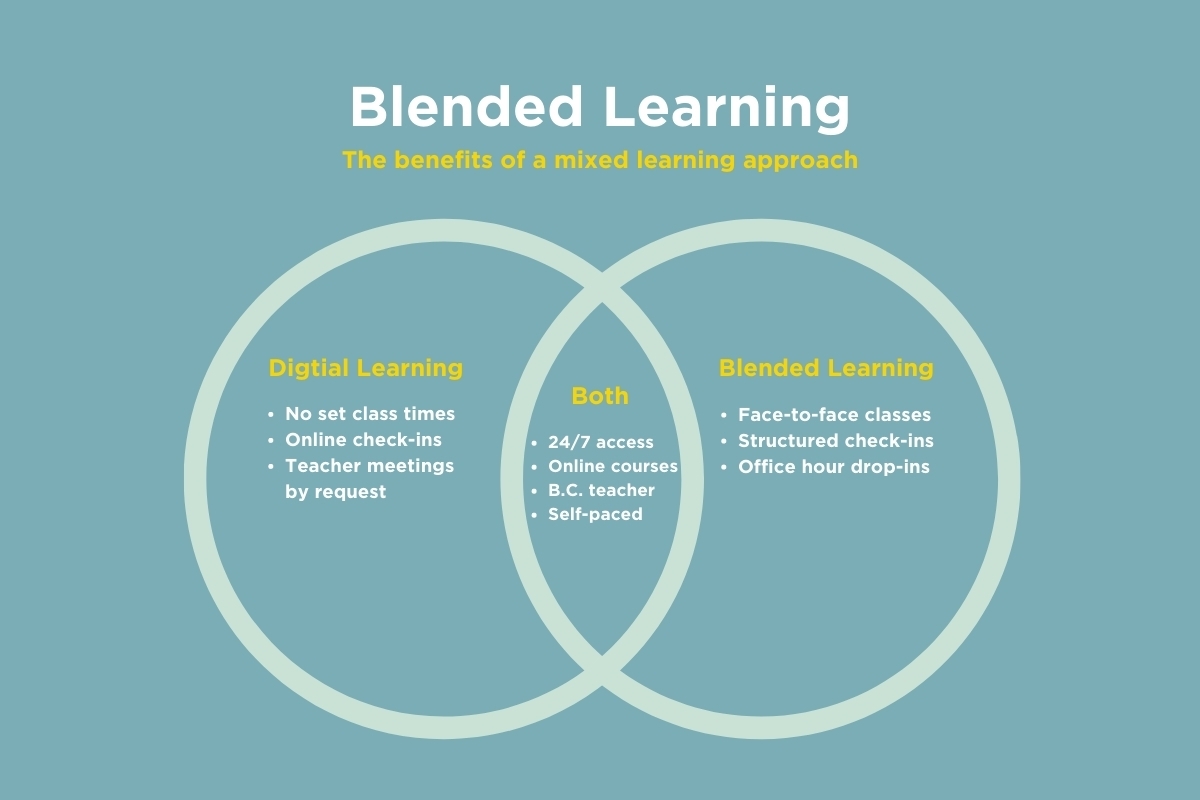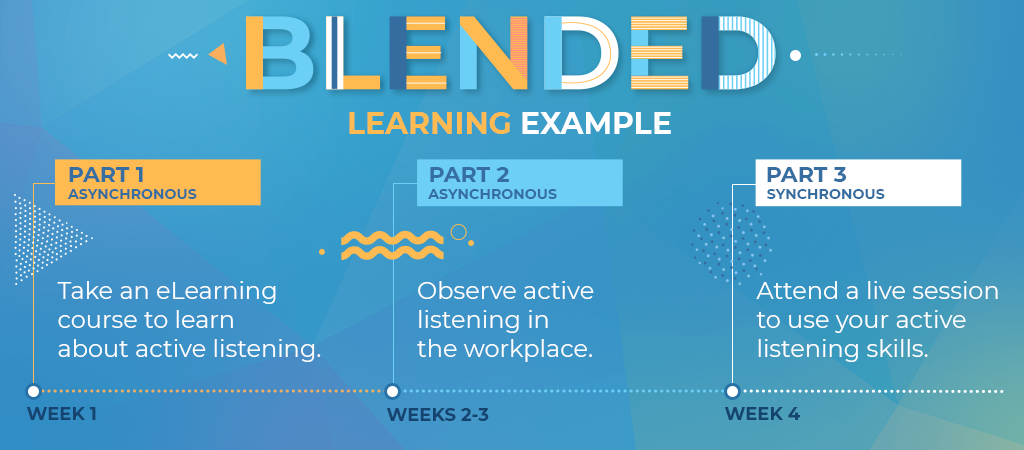

*The basis of teaching is the same for every modality: strong emphases on content, pedagogy, and assessment. Careful planning on these three factors remains central to successful teaching - both residential and online.See also Designing Your Course for Online Instruction: Principles and Tips. * Assess and gauge students' understanding.Ĭontent, Pedagogy, and Assessment: Guiding Principles

* Engage directly with students and build community. Plan your asynchronous-synchronous mix, including video, non-video, and peer learning communities.ĭecide - for both asynchronous and synchronous instruction - when and how you will: *Determine your content, pedagogy, and assessment. Teaching with a Mask: Best Practices (Harvard Graduate School of Education).Teaching in Masks (Derek Bok Center for Teaching and Learning).SLATE Guide to Teaching with Masks (Harvard Kennedy School).Feel free to jump to the section most appropriate to your course. We’ve broken up the teaching tips according to the common teaching styles (lecture, case, small group discussion, and hands-on). Reminders that are equally relevant to in-person instruction are marked with an *asterisk*. You can also find a comprehensive guide to Designing Your Course for Online Instruction: Principles and Tips, as well as resources on teaching with masks. To keep things simple, we're focusing on the most common and most effective online teaching practices. This section provides principles and tips to help you teach, regardless of whether your class is fully in person, fully online, or a little bit of both.īelow you’ll see general advice, a variety of course types, and tips on encouraging student engagement.


 0 kommentar(er)
0 kommentar(er)
